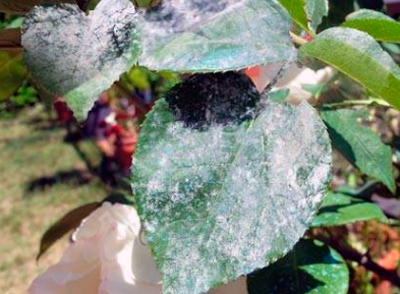 There are chemical and folk powdery mildew control measures on the roses. Powdery mildew itself is a disease caused by microscopic fungi, which are parasites. You can notice the defeat already from the first days, and if you do not treat roses in any way, the disease will develop.
There are chemical and folk powdery mildew control measures on the roses. Powdery mildew itself is a disease caused by microscopic fungi, which are parasites. You can notice the defeat already from the first days, and if you do not treat roses in any way, the disease will develop.
A white coating appears on the surface of the affected leaves and buds. This is the mycelium of fungi, in which spores mature, after which sticky drops form. Such a bright external manifestation on the plant gave the name to this disease.
Important! Most often, infection of the rose begins with leaves or young shoots, later the disease spreads to the petioles, stalks and flowers themselves.
The infection begins with those parts of the rose that are closer to the ground. But gradually infection without proper control measures passes to the entire rose bush, and then spreads also to the green neighbors.
Content
How to recognize and what is the danger
In the photo you can see how powdery mildew on roses looks. Control measures should be taken already with minimal infection, because the disease progresses rapidly and eventually leads the plant to death. How to determine the appearance of the disease has already been written above, plus, photos will definitely help. There will be a grayish or white coating on which then brown sticky balls appear. Over time, the plaque becomes dense and acquires a brown color.
Rose bushes, when defeated by powdery mildew, lose their decorative effect. If the plant is severely affected, its growth stops, and the leaves and buds turn black, die off. Affected inflorescences do not form ovaries afterwards. Plus, due to the disease, rose bushes sharply lose their winter hardiness in shoots and buds, which ultimately leads to freezing of the bushes even with their proper shelter.
Important! As a rule, powdery mildew infection of roses occurs in the summer, during this period the spores are released from the fruiting body of the fungus after wintering. Read about how to prepare garden roses for shelter for winter.
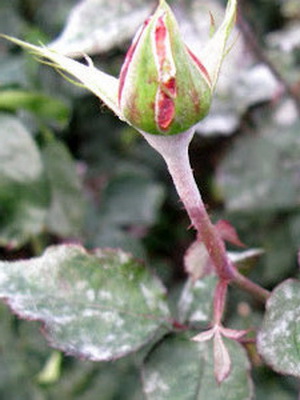
Favorable conditions for development
In order for spores of fungi to begin to multiply actively on roses, you need a hot and dry summer, but with sharp fluctuations in temperature and humidity. Powdery mildew also often develops due to the fact that the grower carries out excessive nitrogen fertilizing of roses.
Factors causing the development of the disease are anti-aging clippings, which reduce the plant's resistance to diseases and pests. In this case, spores from the infected plant are spread by wind or water splashes. Also with direct contact of roses with each other.
How to carry out prevention:
- Remove and burn plant debris on time, observe crop rotation rules.
- Do not overfeed the plant with nitrogen fertilizers, especially during the formation of buds. Feeding with phosphorus and potash fertilizers is welcomed to increase the plant's resistance to this particular pathogen.
- Use of fungicides for processing
- Powdery mildew on roses, control measures at home necessarily imply the proper use of chemicals. Fungicides are called chemicals to get rid of fungal diseases on a rose or other plants. Attention can be paid to the preparations “Skor”, “But”, “Rayok” and others.
- With too long use of one product, powdery mildew can adapt to its active substance. Therefore, it is necessary to periodically change the chemicals, and use them strictly according to the instructions and in the quantities specified by the manufacturers.
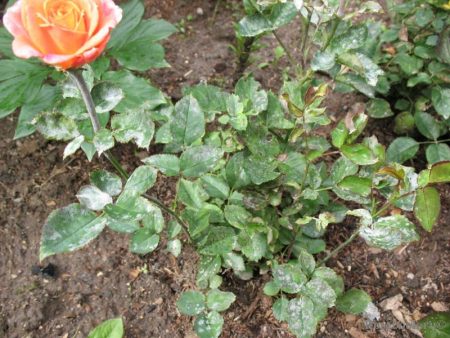
Powdery mildew on roses: measures of folk remedies:
- You can dissolve only four grams of soda ash in a liter of water and add the same amount of laundry soap. Mix everything and use the composition to spray the plants, repeat the treatment after a week (prepare a new solution).
- You can pour 100 grams of ash with a liter of boiling water and leave to infuse for two days. After this, strain the infusion, add four grams of soap shavings there. Treatment should be carried out at weekly intervals until the disease is completely eradicated.
- You can prepare a mullein-based remedy if you take one third of a bucket of manure and pour cold water on it. Leave for three days, mix every day. Strain the solution and mix with water in a ratio of one to ten. Use for evening spraying of roses.

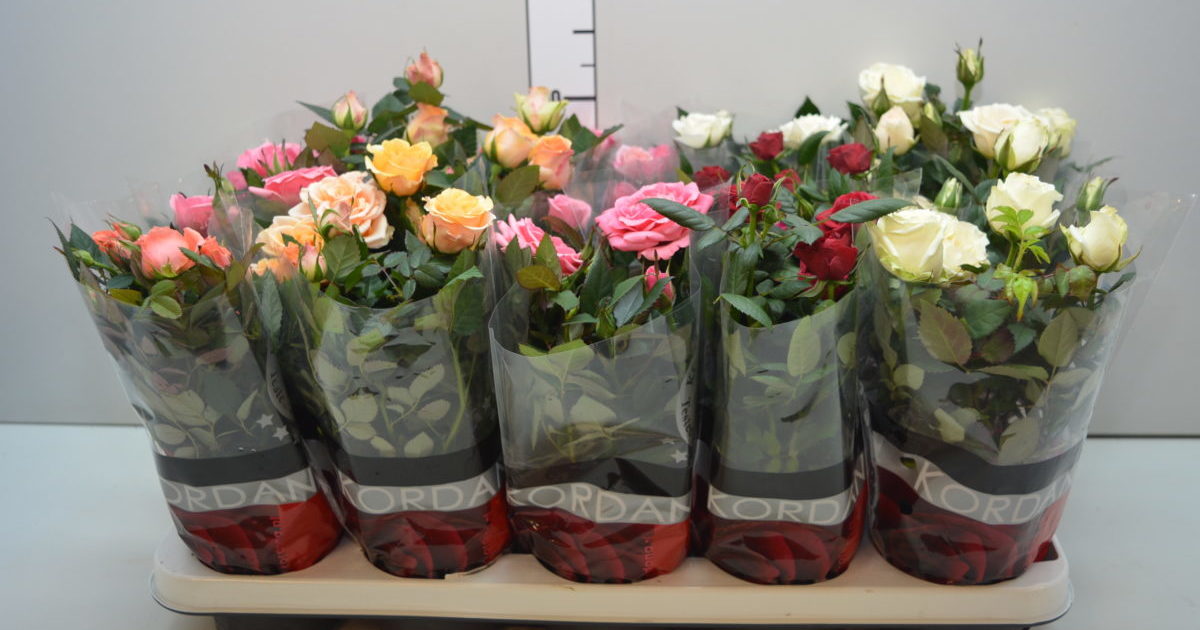
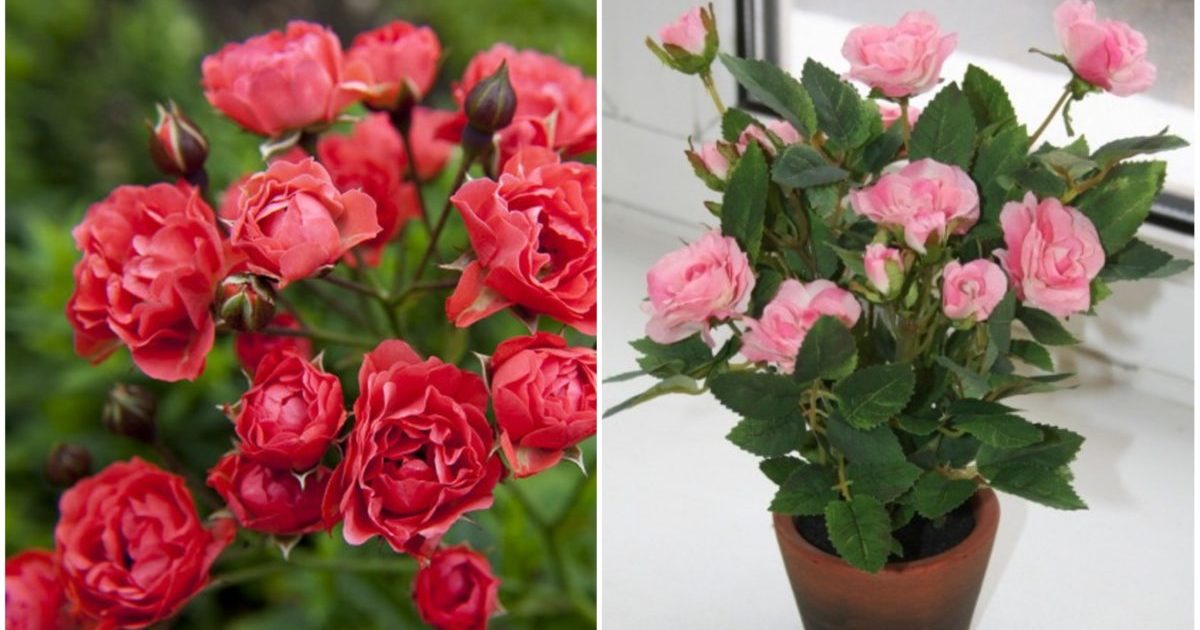
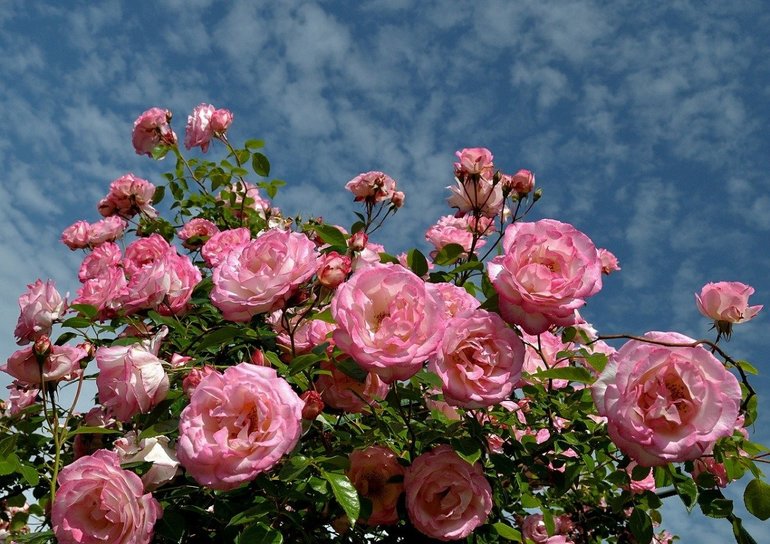
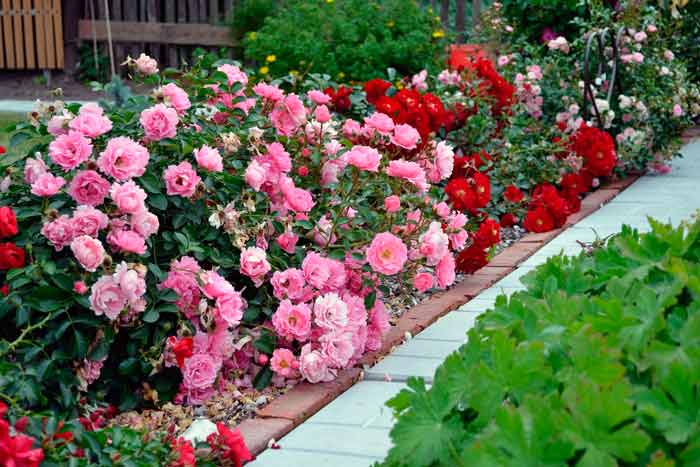 Shelter of roses for the winter: at what temperature does the robot hold
Shelter of roses for the winter: at what temperature does the robot hold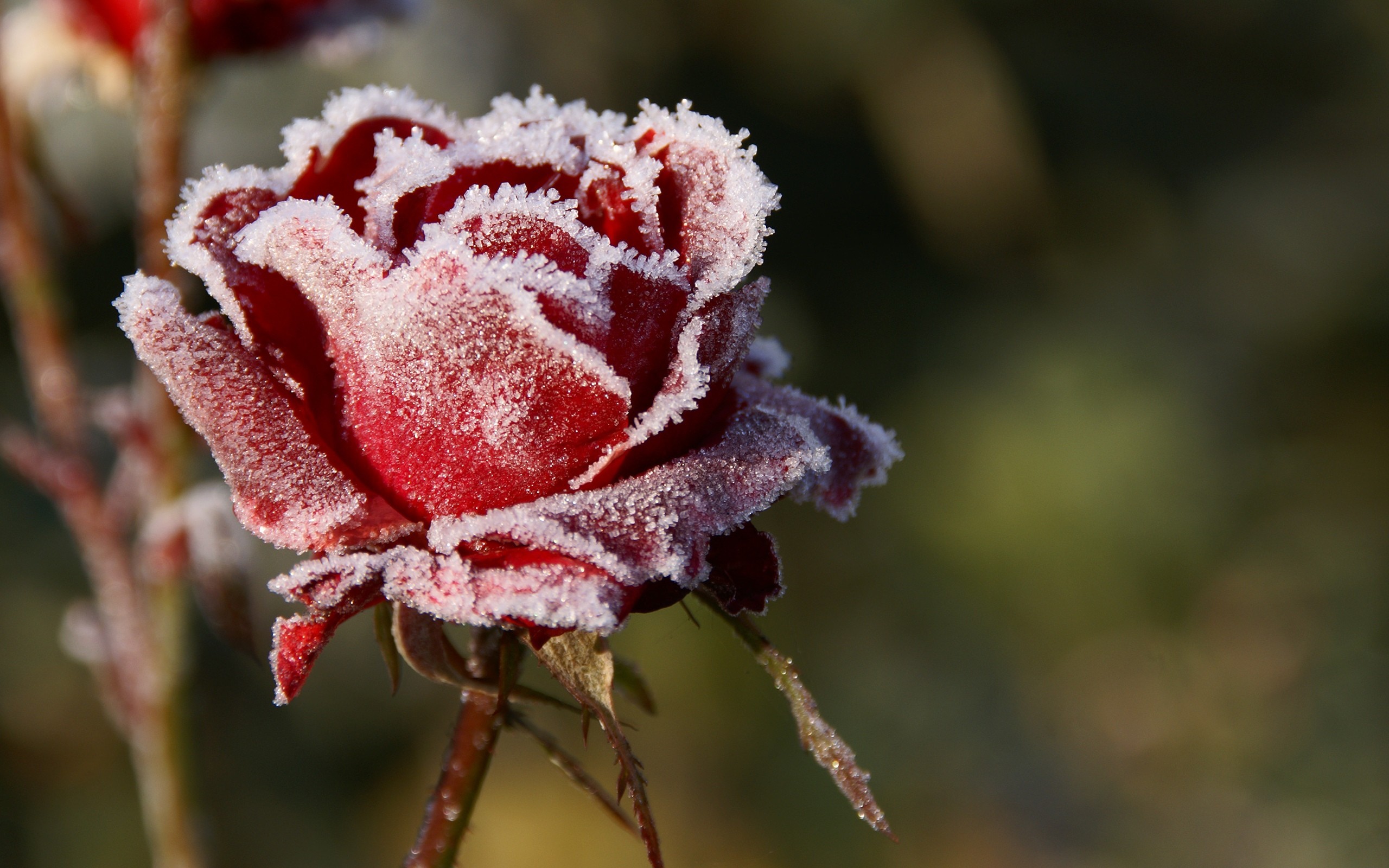 How to prune roses in the fall: timing, pruning rules, pros and cons
How to prune roses in the fall: timing, pruning rules, pros and cons What are the varieties and types of roses
What are the varieties and types of roses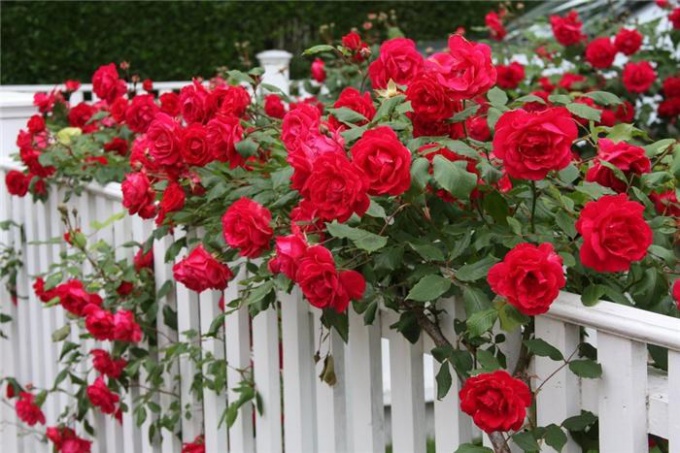 How to treat roses with iron sulfate in autumn: proportions, advantages and disadvantages
How to treat roses with iron sulfate in autumn: proportions, advantages and disadvantages